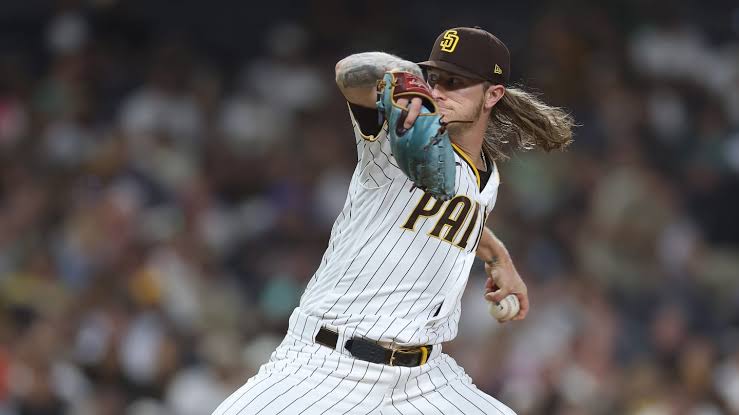
Just-in: Will the Phillies be sorry they chose not to sign Josh Hader?
Josh Hader’s five-year, $95 million contract with the Houston Astros, reported by ESPN’s Jeff Passan on Friday, should kickstart some movement in the free-agent reliever market. If Robert Stephenson’s subsequent agreement with the Los Angeles Angels, first reported by Jomboy Media, is any indication, that’s exactly what’s happening.
The Phillies were rumored to be in on Stephenson before the Angels swooped, but their interest in Hader was minimal, at best. Still, plenty of lower-tier relief options remain, including a couple former Phils.
But should the team have been more aggressive for the biggest fish in the free-agent reliever pond — specifically, Hader?
Obviously, whether Hader would’ve made the Phillies’ bullpen a more formidable group — and just about unhittable in the postseason — isn’t the question here. Toss around the 2023 bullpen’s standing among the league’s best all you want — third in fWAR, seventh in ERA, sixth in K/9, whatever. Hader is the best reliever in baseball, and that’s arguably been true for the past half-decade, save for a blip in the radar when Alec Bohm and Matt Vierling sent his 2022 season into a bizarre tailspin. A bullpen with him, José Alvarado, Seranthony Domínguez, Jeff Hoffman, Orion Kerkering and others would be downright tantalizing.
A common refrain against the Phillies signing Hader is that the bullpen wasn’t the problem in the 2023 NLCS. It’s not entirely convincing, however: Yes, the offense is to blame for the collapse in Games 6 and 7, but there’s a case to be made that the series wouldn’t have gotten that far if the bullpen could hold onto a 5-2 lead in Game 4. The Phillies’ bullpen has been strong the last two years, but each year, it whittled down to just a couple reliable high-end options by the end of their postseason run. The offense was the problem; the bullpen was one, too.
So the argument against Hader isn’t a need-based one. It’s a cost-based one. Because the San Diego Padres extended a qualifying offer to him, signing Hader would’ve cost the Phillies second and fifth-round draft picks in 2024, plus $1 million in international bonus pool money — on top of a record-breaking amount in present day value for a reliever, as we’ve since learned. And with the Phillies’ recent knack for getting the most out of under-the-radar, cheaper bullpen acquisitions — see Hoffman, Alvarado, even Matt Strahm — there’s an argument they’re better off approaching the bullpen from a “do more with less” standpoint.
But they’re going to have to bank on a lot to go right. They’ll need more out of Gregory Soto, for one. They’ll need Kerkering to move past that rough NLCS (the bet here, for what it’s worth, is that he does). And they’ll need to hope that the bullpen doesn’t run out of collective gas late in the postseason the way it has the past two seasons, despite throwing the fewest regular-season innings in MLB last year.
The bottom line, though, is that it’s impossible to ever have too much pitching — especially in the bullpen. The Phillies learned that the hard way in the 2022 World Series, when Ryne Stanek and his 1.15 regular-season ERA was the fifth option out of the Astros’ bullpen. It became too much to handle. The Phillies’ bullpen with Hader would’ve become something similar.
Maybe it can do so without him. If it can, we’ll look back on the Phillies’ forgoing Hader as a wise move by president of baseball operations Dave Dombrowski and company. But if in October, the bullpen loses steam once again and leaks enough oil to end their season short — even if the offense goes cold along with it — it’ll seem like the obvious move in the offseason was indeed the correct one all along.
Leave a Reply